Registering as an employer
When it comes to registering your business for payroll with HMRC, whether you are a Sole Trader or a Limited Company it’s best to register through your Government Gateway account. If you don’t have one already this can be set up with HMRC online. Alternatively, your accountant will be able to assist you or complete the registration for you.
You should then register with HMRC as an employer when you start employing staff or using subcontractors for construction work. You also need to register even if you are only employing yourself as a director of a Limited Company. This should all happen before the first payday.
Once you’re registered with HMRC you will need to select an appropriate piece of payroll software to record and report your payroll information.
It’s important to note that when setting up your payroll record you need to apply for the Employers National Insurance allowance. If you meet the requirements for it, this will mean that the first £5,000 of Employers National Insurance is credited back to your monthly submission.
Once your employees have been set up on said payroll software deductions will be made from their gross pay for Tax, National Insurance, Student Loans and Pension Contributions where applicable.
Reporting to HMRC
You will need to report on a monthly basis to HMRC under the Real Time Information (RTI) scheme to send a Full Payment Submission (FPS). This will need to be filed on or before the payday for each month.
The FPS informs HMRC of all payments to staff and any PAYE that is due to be paid over. This will be due to be paid by the 22nd of the month after the payroll period ends.
When making payments of PAYE to HMRC the most efficient way to do so is via Direct Debit. This can be set up through your Government Gateway account and it will automatically take the payment due. Alternatively, you can also make payments via BACS using your 13-character Accounts Office Reference as the payment reference.
Alongside the final FPS submission at the end of the payroll year (April 5), you should provide each of your employees a P60 summary of their pay and deductions for that year.
If you provide any additional benefits to employees, these must be reported to HMRC annually in arrears through a P11D/P11D(b) form. This must be reported by July 6 after the end of the relevant tax year.
After reporting any additional expenses or benefits to employees, you will need to pay Class 1A National Insurance as the employer, based on the P11D/P11D(b) filing. This will need to be received by HMRC by July 22 each year.
Hiring new employees
When taking on a new employee, if they have had a previous job in the current tax year, you will need to request a P45 from them. This will contain all the relevant information on the employee including pay and deductions from their previous employment that will impact their tax affairs and ensure that your payroll records are complete.
If an employee leaves your employment during a payroll year you will need to issue them with a P45. HMRC will be informed of the employee leaving through your monthly FPS.
Keeping records up to date
Throughout the year, you can use your Government Gateway account to view RTI Submissions, your current position and any Tax Code or Student Loan Notices for your staff. This will allow you to keep employee records up to date and ensure you are processing the correct deductions from your employees each month.
Should you have a payroll period where no employees are to be paid you will still need to file an Employer Payment Summary (EPS) by the 19th of the following month to inform HMRC that no payments were made to staff.
Using subcontractors
If you use subcontractors under the Construction Industry Scheme (CIS) you will need to register as a CIS Contractor with HMRC and submit a monthly return. This will detail the payments made to the subcontractors during the given month.
All CIS periods are in line with the payroll month and runs from the 6th to the 5th of the following month. CIS Monthly Returns are due to be filed with HMRC by the 19th of the month for the period that ends on the 5th and payments of any CIS that has been withheld from subcontractors is due to be paid to HMRC by the 22nd of the month.
Once registered as a CIS Contractor you will need to submit each monthly return even if you haven’t engaged any subcontractors that month. A nil return will need to be filed to avoid incurring a £100 penalty for the non or late filing of a return.
Chris Deacon is a Director of Vision Accounting, a cloud accounting specialist practice that provides its clients with a bespoke service tailored to their needs.

